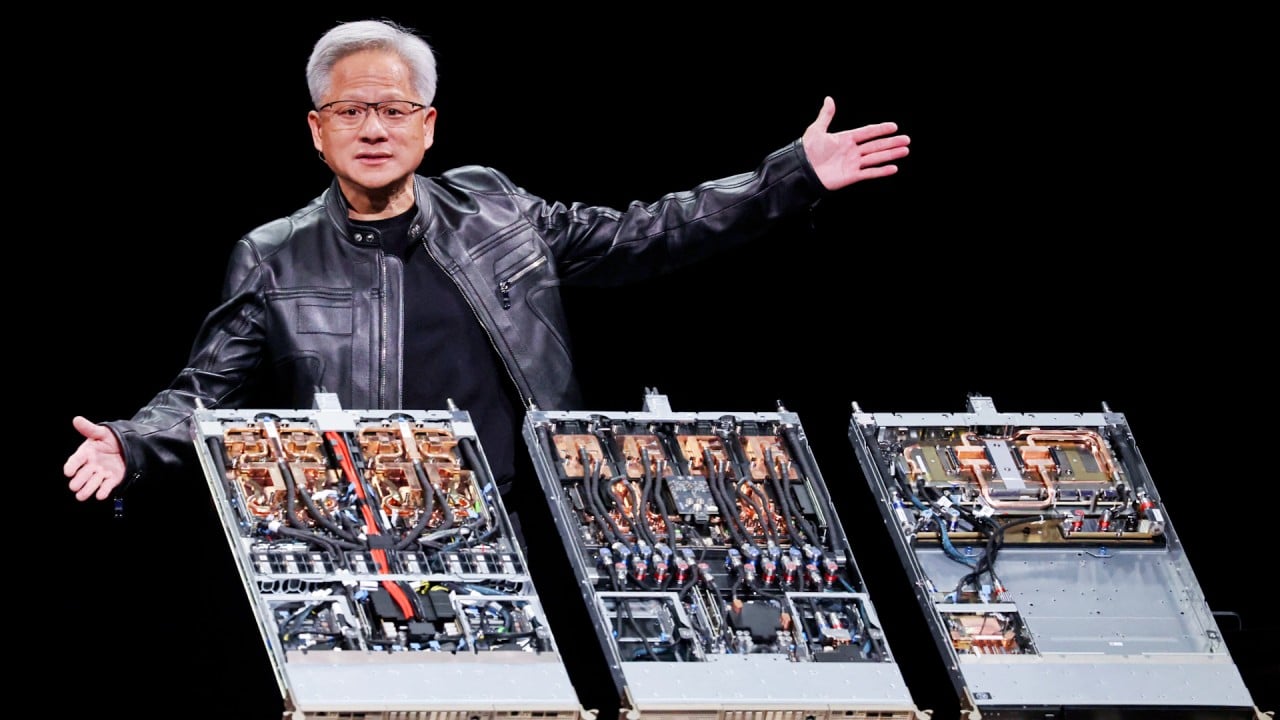In recent months, several research teams have made strides that could boost generative AI, which has an increasing computing demand for AI model development, training and deployment.
Electronic chips, which have made everything AI possible so far, appear to be reaching their limits in terms of speed and size or scalability, prompting scientists to focus more on optical alternatives using light, or the photons within, instead of electrons to transfer data.
Light offers degrees of freedom that an electrical signal does not, according to Amit Agrawal, associate professor in optical engineering at the University of Cambridge and a fellow at the university’s Trinity College.
Agrawal said light transmitted data better and faster than electric signals, meaning more operations could be done when using its inherent capabilities.
“The novelty is the hardware,” Agrawal said.
While competing technologies had been shown to use 10 or 20 light channels for data transfer, he said the Chinese scientists showed a 100-fold increase in computility, an advance he said “is quite significant”.



